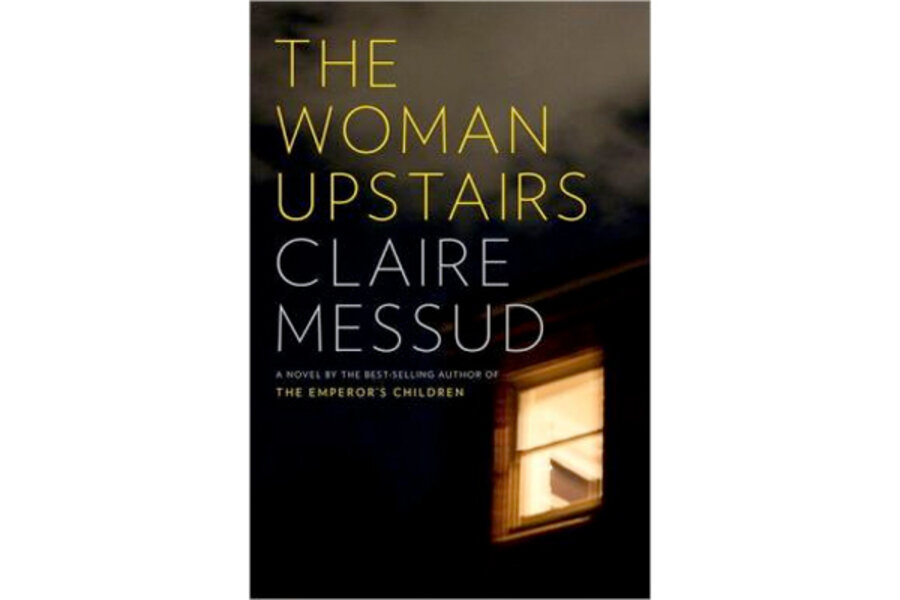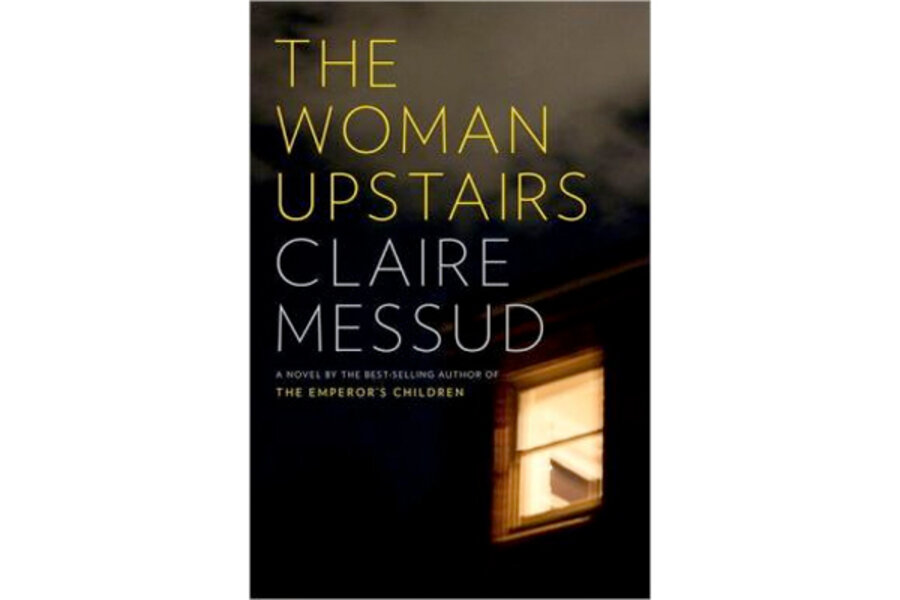Nora Eldridge has been a good girl for 42 years, and she's had enough. Her fury explodes from the very first sentence of Claire Messud's The Woman Upstairs.
“How angry am I? You don't want to know. Nobody wants to know about that.
“I'm a good girl, I'm a nice girl, I'm a straight-A, strait-laced, good daughter, good career girl, and I never stole anybody's boyfriend and I never ran out on a girlfriend ... and I'm not a girl anyhow, I'm over 40 [expletive deleted] years old, and I'm good at my job and I'm great with kids and I held my mother's hand while she was dying and I speak to my father every day on the telephone....” and she might, perhaps, be protesting too much. But her anger at the shrunken role she's expected to be content with will resonate with anyone who never wrote that great American screenplay or got the big promotion or won the girl. Which is to say, most of us.
The title comes from Nora's term for herself. She is not, she says, to be confused with the madwoman in the attic.
“We’re the quiet woman at the end of the third-floor hallway, whose trash is always tidy, who smiles brightly in the stairwell with a cheerful greeting, and who, from behind closed doors, never makes a sound. In our lives of quiet desperation, the woman upstairs is who we are, without a [expletive deleted] tabby or a pesky lolloping Labrador, and not a soul registers that we are furious. We’re completely invisible.”
Nora lost her color and form during the years she was helping care for her mother, who was diagnosed with ALS disease. Instead of being a great artist, Nora got to be a third-grade teacher at Appleton Elementary in Cambridge, Mass.
In “The Woman Upstairs,” readers find out how Nora got so angry. Unsurprisingly, a soured love fuels her rage. The only thing is, Nora didn't fall in love with a person, but rather an entire family.
Sirena Shahid has exactly the life Nora wanted for herself: She's an installation artist and mother of Nora's favorite pupil, Reza. She's even from Paris. Her attractive husband, Skandar, is a successful academic spending a year at Harvard. Nora becomes obsessed with all three Shahids, who adopt her as a mascot/pseudo-aunt. “The Woman Upstairs” follows what Nora sees as one of the happiest times in her life – a chance for professional and personal flowering.
Sirena invites Nora to share studio space with her. Her latest project is an outsized, multimedia take on “Alice's Adventures in Wonderland.” (Nora is thrilled to act as an unpaid assistant and provide free babysitting.) Nora, meanwhile, is building miniature dollhouses of Emily Dickinson's and Virginia Woolf's rooms. At this point, her artistic ambition can fit in a shoebox, with room for a pair of sensibly-heeled pumps to spare.
Echoes of Henrik Ibsen's “A Doll House,” and its main character, Nora, can't be accidental, but Messud explicitly references Anton Chekhov's story, “The Black Monk,” in which a supernatural visitant promises genius to a scholar.
Nora sees her relationship with the Shahids as a last chance for happiness, and ignores all long-term implications of what would happen if she gets what she wants.
How much of the relationship is a product of Nora's fantasy life is an ongoing question. Is Sirena taking advantage of Nora's adoration, or is Nora insinuating herself into cracks in the Shahids' marriage? Is the family deliberately manipulating her, or has her obsession crossed over the line into “Single White Female” territory? Nora is disarmingly self-aware – she admits that if she heard her own story about anyone else, she would assume the person was “unhinged.”
Messud is a tremendously smart, accomplished writer, but “The Woman Upstairs” doesn't quite have the range of her 2006 novel “The Emperor's Children.” Part of it is that readers spend the novel waiting for a detonation that never comes. Nora builds up all that energizing fury, but we never get to see her explode.
But what the novel does, in spades, is give a voiceless woman a chance to howl.








